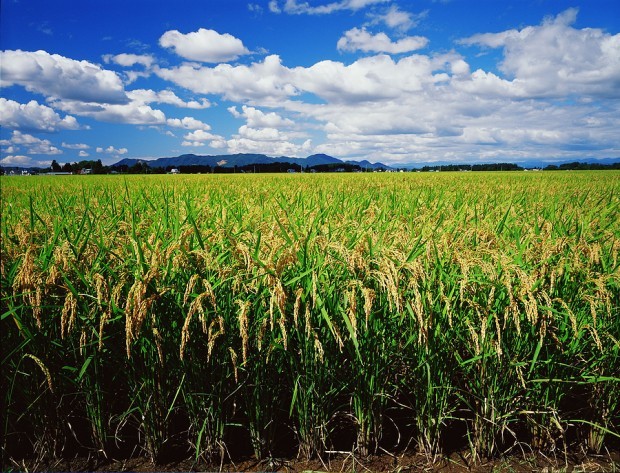Crop insurance price guarantees for U.S. corn, soybeans and spring wheat in 2015 will fall 10 percent or more based on futures settlement prices for February, grain analysts said on Friday.
The U.S. Department of Agriculture’s (USDA) Risk Management Agency (RMA), which oversees the multibillion-dollar crop insurance program, by law uses the average price in February for harvest-time grain futures contracts to set the “floor” price that private insurers must guarantee farmers who sign up.
USDA subsidizes two-thirds or more of farmer crop insurance premiums.
Based on Friday’s futures closes, the RMA is expected to set the floor price for corn at $4.15 a bushel, down 10 percent from last year’s $4.62, and for soybeans at $9.73 a bushel, down 14 percent from last year’s $11.36.
After bumper harvests in 2014, the corn floor price was slashed 18 percent and soybeans was cut 12 percent.
For spring-planted wheat, the 2015 floor price is expected to fall to $5.85 a bushel, or down 10 percent from $6.51 in 2014.
The crop insurance guarantees are important not just for farmers, but for their bankers and suppliers. The rates also inform on farmer incentives for which crops to plant.
“From a cashflow standpoint, $4 corn and $9 beans keep most people afloat,” said Darrel Good, a farm economist at the University of Illinois. “Margins are tight, but it’s certainly not the end of the world.”
After years of record production and prices, U.S. grain farmers have seen the markets come back to earth. They continue to wrestle with stubbornly high costs, from seed and fertilizer to land rents and equipment.
But lenders say cash reserves and reduced debt are now helping farmers cope.
“The sky is not falling,” said Curt Covington, senior vice president with Farmer Mac, the U.S.-backed lender. “There are a few one-off problems out there, but for the most part, most of the operating lenders that we deal with are pleasantly surprised.”
Analysts say soybean guarantees at 2.34 times above corn prices should mean U.S. soybean acreage will rise in 2015 while acres of corn, a fertilizer-intensive crop, will slip. But some analysts doubt there will be too much of a drop-off in corn.
“Farmers in the Midwest like to plant corn – it’s profitable even with the high input costs,” said Shawn McCambridge, an analyst at Jefferies-Bache. “They will stay with their regular rotation patterns in most cases.”



















 Berkshire Hathaway Enters Post-Buffett Era as Share Prices Fall
Berkshire Hathaway Enters Post-Buffett Era as Share Prices Fall  How Insurers Can Avoid Post-Merger Technology Failure
How Insurers Can Avoid Post-Merger Technology Failure  Executives on the Move at Liberty Mutual, Cowbell, W. R. Berkley
Executives on the Move at Liberty Mutual, Cowbell, W. R. Berkley  Northern California Flooding This Weekend Caused by Heavy Rain, High Tides
Northern California Flooding This Weekend Caused by Heavy Rain, High Tides 









